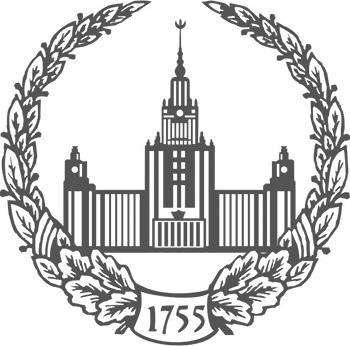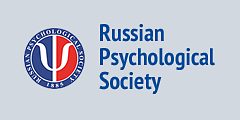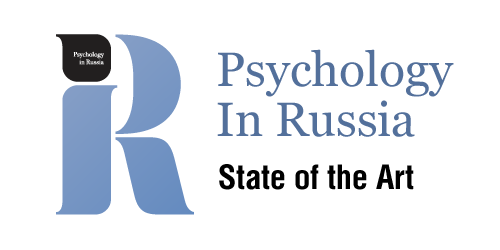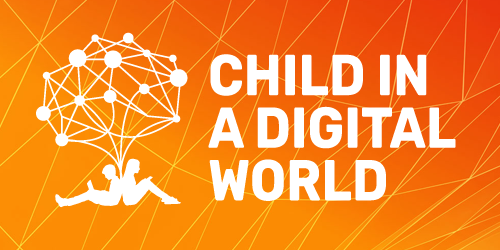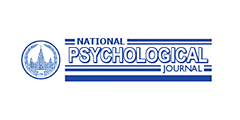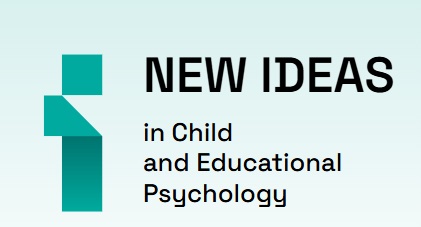Rean, A.A.

Dr. Sci. (Psychol.)
Head of the Laboratory of Psychology of Destructive Behaviour and Aggression of Youth, Federal Scientific Center of Psychological and Multidisciplinary Research, Chairman of the Scientific Council of the Russian Academy of Education on the Prevention of Aggression and Destructive Behaviour in Students.
-
Adolescents’ Aggressive Behavior in the Representation of Teachers: Typical Manifestations (Semantic Analysis)Lomonosov Psychology Journal, 2023, 4. p. 131-156read more2253
-
Background. Teachers’ ideas about aggression and deviant behavior of adolescents is an extremely important source of information, scientific consideration of which can both clarify the internal picture of the difficulties in teachers’ professional activities and assess the specifics of the manifestation of problematic behavior in adolescents.
Objective. The purpose of this article is a theoretical and empirical consideration of the phenomenology of aggressive behavior in adolescents as represented in teachers’ ideas. Another goal is to identify the main lexical units with which occur in the conceptualization of typical manifestations of aggressive behavior in adolescence.
Methods. The article analyses teacher’s answers to the open question: “What are the three most typical manifestations of aggressive behavior in adolescents?” The question was asked separately about younger (11–14 years old) and older (15–19 years old) teenagers. To analyze the data obtained, the methodology of text analysis by means of the R programming language was applied. The methodology included several stages: (1) tokenization of statements, (2) stemmization of words, (3) removal of stop words for the Russian language, (4) sorting meaningful parts of words by frequency of use. To determine the differences in the frequency of use for different lexical units, the Student and Mann — Whitney criteria were used.
Sample. The study was implemented in the form of an anonymous online survey, which was filled in by teachers from five federal districts of the Russian Federation. The overwhelming majority of respondents are female (94 %). The average age of respondents is 44.5 (SD = 11.7). A sample of 7,042 teachers was used for the analysis.
Results. The most frequent lexical unit was “aggress” [aggression] in both groups. In the representations of teachers regarding younger adolescents, there are also lexical units and their components: «krik» [scream], «drak» [fight], «grub» [rude], «poveden» [behavior], «fizichesk» [physical], «emocionaln» [emotional] and «slez» [tears/crying]. In relation to the older teenagers «poveden» [behavior], «grub» [rude], «drak» [fight], «fizichesk» [physical] and «zamknut» [withdrawn] are used.
Conclusion. The study identified the most frequent lexical units and their components used by teachers to describe aggressive behavior in younger and older adolescents. It was shown that the most frequent units and their components reflect typical manifestations characteristic of both ages. At the same time, the least frequent seem to indicate the specific risks characteristic of the age groups considered.
Keywords: teachers; adolescents; social perception; aggression; text analysis; lexical unit DOI: 10.11621/LPJ-23-42
-
-
Freedom: responsibility, negativism, careLomonosov Psychology Journal, 2021, 3. p. 83-101read more3202
-
Relevance and purpose. In the context of modern social life and its reflection by science, the phenomenon of freedom is one of the fundamental theoretical and practical problems. Understanding the true causes of the formation of an asocial personality, far from extreme science paradigms, is one of the pressing problems of modern psychology. The purpose of this article is to analyze and consider the issues of freedom and aggressive behavior of adolescents in the modes of responsibility, negativism and care.
Research methods. Theoretical analysis and synthesis of relevant literature.
Research results. Aspects of freedom in connection with external and internal restrictions are considered, constructive and destructive types of freedom are distinguished. The problem of differentiating the desire for freedom and the risks of negativism are noted, active negativity and passive negativity are described. Aspects of hostile attribution bias as structural-motivational element of deviant and delinquent behavior are revealed. Egalitarian and traditional concepts of parenting and their connection with the development of autonomous, independent personality are considered. The conditions in association with the values of freedom, independence and care act as predictors of the subjective feeling of happiness in adolescents are noted.
Conclusions. Freedom is a prerequisite condition for the development of responsibility, personality with an internal locus of control. Freedom should be coupled аwith responsibility, parental supervision and providing of freedom for a teen to make a significant contribution to the socialization of freedom and responsibility. The phenomenon of emancipation in adolescence can be associated with the risks of negativism as a form of aggression. High partial self esteem (leadership ability and self esteem of one's “physical self”) correlate with negativism. One of the essential mechanisms for the formation and functioning of negativism is the hostile attribution bias, the tendency to which is associated with high risks of delinquent behavior. Children from families with freedom parenting style are characterized by deprivation of care, they are more often less satisfied with “family” childhood. At the same time, controlling parents can also play a negative role, increasing the risks of aggression.
Keywords: freedom; negativism; responsibility; care; teen aggression; family; delinquent behavior DOI: 10.11621/vsp.2021.03.05
-
-
Screen Time in Relation to the Manifestation of Different Types of Aggression in Older AdolescenceLomonosov Psychology Journal, 2025, 2. p. 60-83read more914
-
Background. In recent decades, there has been a rapid increase in the importance of the Internet in adolescents' lives. However, data on the relationship between screen time duration and various risks of well-being are inconsistent. Therefore, further clarification of this relationship is needed, particularly in the context of specifying types of aggression.
Objective. The aim of the study is to investigate the relationship between different types of adolescent aggression, including physical aggression, anger, hostility and the time they spend in front of screens.
Study Participants. The study involved 10,980 adolescents from 10 regions of the Russian Federation aged 15 to 18 years (Mage = 15.9 years; SD = ±0.92; 6,096 girls).
Methods. The level of adolescent aggression was assessed with the Buss-Perry Aggression Questionnaire (BPAQ). Adolescents' internet activity was evaluated by analyzing their responses to the question "How much time do you spend on the Internet every day?" To analyze and process quantitative data we used descriptive statistics, crosstabs, correlation analysis and one-way analysis of variance (A posteriori comparisons were performed using the Student's t-test with the Bonferroni correction for multiple comparisons).
Results. The study found that adolescents' online activity is quite high. Additionally, one in six adolescents aged 15 to 18 years has a high propensity for physical aggression and anger, while one in seven has a tendency towards hostility. The results of the comparative analysis demonstrate a statistically significant correlation between aggression and online activity. It has been shown that adolescents with high levels of aggression manifestations spend significantly more time online as compared to those with low or medium levels.
Conclusions. The study established a correlation between teenagers' screen time and the severity of manifestation of various types of aggression. Based on this, there is a need to develop and implement strategies to help teens resist the negative effects of excessive screen time and reduce aggression, while promoting positive individual development.
Keywords: screen time; internet; adolescence; aggression; anger; hostility DOI: 10.11621/LPJ-25-12
-


